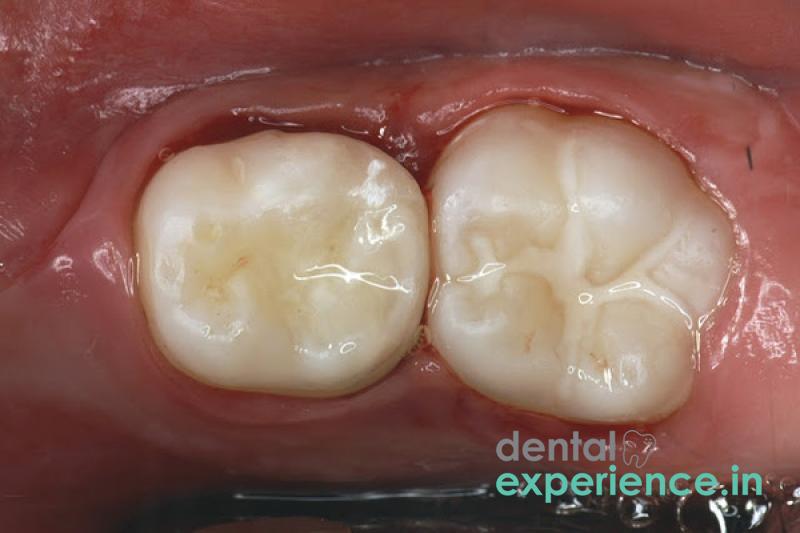You may have had a dental crown fitted in the past but what you may not know is whatever material they are made fr ..
Glass Ionomer Filling
Introduction | Purpose | Ideal Patients | Types | Treatment Steps | Benefits | Advantages | Durability | Treatment Time | Cost | Risk & Complications | Disadvantages | Alternatives | Aftercare |
Fast facts

600 to 1200
Treatment Longevity :
2 years
Treatment Duration : 20 minutes
They form a chemical bond with the tooth. They may also release fluoride, which helps to prevent further tooth decay.
